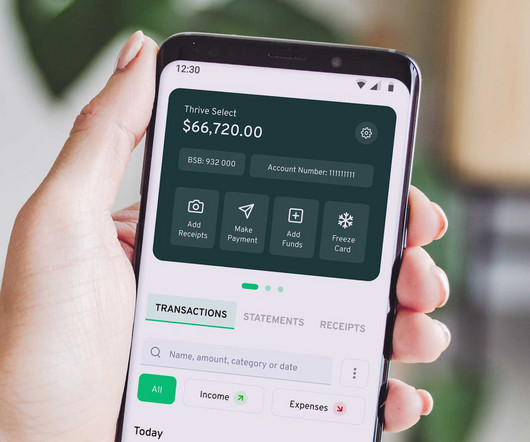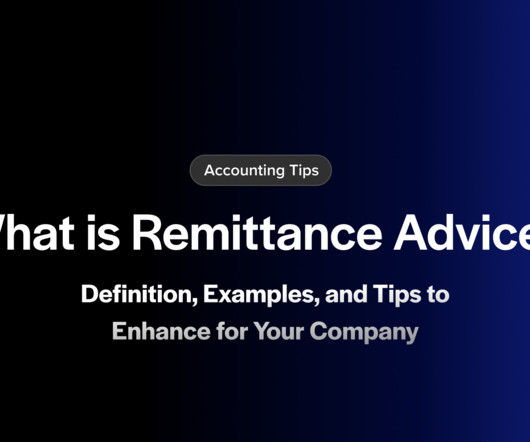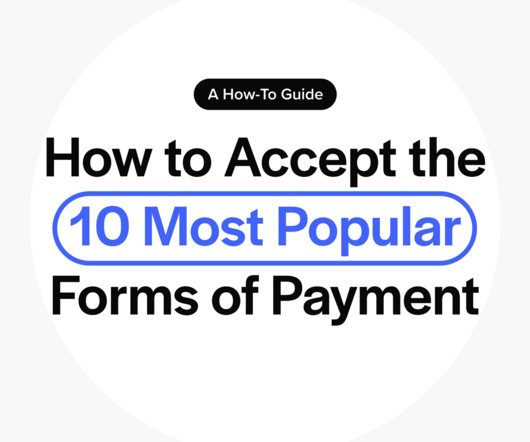AscendantFX Makes The Case For Wire Transfer
PYMNTS
OCTOBER 10, 2018
Rarely does the wire transfer come into play as an exciting, innovative payment rail ready to disrupt cross-border B2B payments. The wire transfer, made popular by Western Union more than 150 years ago, may not seem to be the most innovative rail. counterparts are not available.
























Let's personalize your content